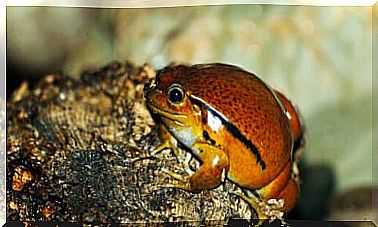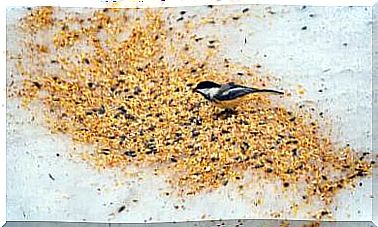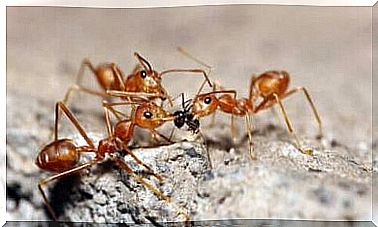The White Stork Migration
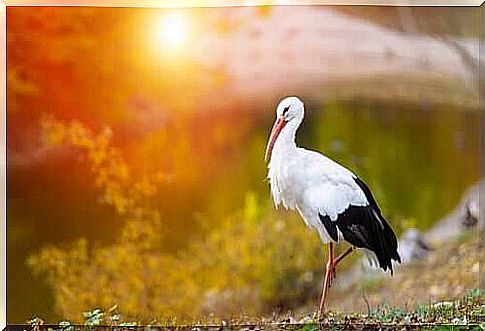
The migration of the White Stork ( Ciconia ciconia) has changed. A few decades ago, most of them flew thousands of miles away every year after they finished breeding. It took them nearly a month to cross half of Europe and cross the Straits of Gibraltar and the Sahara Desert.
If they survived this difficult journey, they would reach their wintering areas in sub-Saharan Africa (Mali, Niger, Chad). There they would remain from September until early February, when they returned to Europe.
The white stork: the migratory bird par excellence
This journey was not completed by all birds: it was very long and difficult and, therefore, many specimens died during the migration. To avoid crossing the Mediterranean, where the hot air currents they need to sustain their flight do not form, the storks followed two migration routes:
- One crossing the Bosphorus and the Dardanelles, through the Balkans and Turkey.
- Another crossing the Strait of Gibraltar through the Iberian Peninsula.
It is because of this last route that there are so many storks in Spain. However, their migration patterns have changed for decades. We will explain how this happened next.
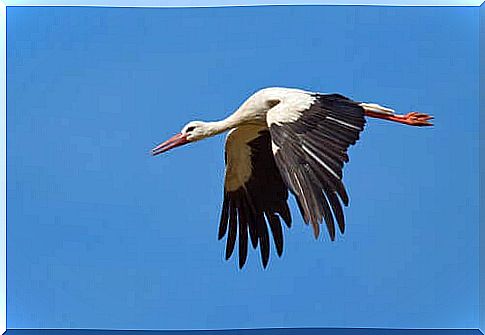
Storks no longer migrate as before
It has been observed for decades that the migration of storks has changed: many spend the winter in their breeding grounds.
This is due in part to rising temperatures that make peninsular winters milder. In addition, storks now find food year-round because of the presence of landfills.
On the Iberian Peninsula, there are also a multitude of lakes and wetlands where they can spend the winter and find food. Some examples are the Tablas de Daimiel in Ciudad Real or the Laguna del Campillo in Rivas Vaciamadrid.
Migrations yes, but shorter
However, that doesn’t mean they don’t migrate at all. According to an SEO/BirdLife study, many storks nest in rural areas and, when winter comes, move to the outskirts of cities like Madrid, where they find food at the Valdemingómez landfill, one of the largest in Europe .
This was verified through radio transmitters placed on a pair of storks, Goyo and Enara , who moved from their home in August towards the south of Madrid, coming out of the mountains.
This change in their migratory habits, at first, seems positive for the survival of the species. By failing to make such a long and dangerous journey, more and more storks survive. Likewise, the continued availability of the food they have also has to do with this aspect.
Young birds continue to migrate far away
Another aspect observed by SEO/Birdlife researchers is the difference between adult and young birds. According to their findings, young birds continue to migrate, making the perilous journey to Africa, while adult birds remain in Europe through the winter.
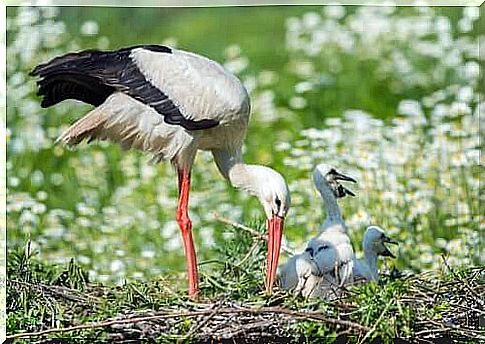
Furthermore, according to the same study, many birds from the coldest parts of Europe choose Spain as the place to spend the winter.
Thus, the number of storks in that country during the winter has increased substantially: both because of those that do not go to Africa in winter and because of those that come from northern Europe.
Detailed migration routes
The Spanish Ornithological Society, in collaboration with other European organizations, has spent years studying the migration of the white stork. Recently, a detailed study was presented in which, for the first time, data from GPS radio transmitters placed on migrating storks were included. The results were mixed:
- First, the hypothesis was confirmed that young storks migrated to the Sahel, while adult storks wintered in Spain.
- Central European storks, most of which wintered in Spain, had a higher survival rate (about 50%) than Spanish storks that migrated to Africa. Of these, only 1 in 10 returned to the breeding site.
- Meanwhile, most adult birds wintered in Europe. This made the vast majority survive the following year.
In conclusion, we can guarantee that the stork’s migratory behavior and the change in it a few decades ago is crucial. This helps us to predict how the overall shift will be for many migratory birds.
Although a priori it appears that the lack of migration has a positive effect on Ciconia’s survival , the future influences of climate change are yet to come.


